Understanding the origins of Groundhog Day can bring us closer to the natural world and its cycles.
Maureen Strickland
Kicker
MANITOULIN ISLAND, Ont. – On Groundhog Day, conflicting reports from Shubenacadie Sam and Wiarton Willie keep people entertained, but there is more to the story than these questionable prognosticators.
Shubenacadie Sam is the first groundhog out of the gate in Canada on Feb. 2.
Streaming live to the world, Sam poked her head out of her den for a carrot at Shubenacadie Wildlife Park in Nova Scotia at 8 a.m. AST. Sam saw her shadow and quickly retreated.
If the groundhog sees its own shadow, supposedly there will be six more weeks of winter.
Next up in Canada is Wiarton Willie, also streaming live due to the pandemic.
Preceded by a piper, town criers and a parade of dignitaries in fancy dress, the mayor of Wiarton, Ont., wielding a white cane, tapped on a plexiglass box packed with straw at 8:07 a.m. EST.
With no groundhog in sight, Mayor Janice Jackson of the Town of South Bruce Peninsula leaned in, paused and then proclaimed, “Willie says it’s an early spring.”
And on the Facebook page What’s Doin on the Manitoulin, Dominic HK Beaudry, posted a photo of a fat and furry groundhog in the snow and said, “In Ojibwe our word for groundhog is kookjiish. Manitoulin’s Kaboni Kookjiish predicts an early spring.”
After the early morning flurry of news reports, the buzz of Groundhog Day dies down quickly.
On rural Manitoulin Island, where people live closer to nature, other connections can be made.
Ties to folklore and ancient religion
Ice Lake resident Kerri Latimer said we should concentrate on the ancient ties between the traditional Gaelic festival of Imbolc and Groundhog Day. Imbolc symbolizes the halfway point between the winter solstice and the spring equinox. In pagan times, it was celebrated from Feb. 1 until sundown on Feb. 2.
The History Channel connects Groundhog Day to Candlemas, a Christian holiday celebrated on Feb. 2 that celebrates the return to the light.
Marcel Beneteau, president of the Manitoulin Nature Club and a former professor of folklore, said the roots of Groundhog Day are in both nature and popular religious beliefs.
According to Beneteau, the nature connection with Groundhog Day comes from the belief in Europe that birds start to mate and animals come out of hibernation on Feb. 2.
Bears were also used for predictions, and in German speaking countries badgers were the chosen animal, said Beneteau.
It is believed German settlers in Pennsylvania brought the Feb. 2 custom to North America, though no one is sure why a groundhog was chosen.
From a seasonal prediction perspective, Groundhog Day is a poor fit with Canada’s long winters.
Other aspects of nature observation can be more predictive.
“There are many folk beliefs about predicting the weather,” said Beneteau. “Some are based on sound scientific principles, others not so much.”
Susan Miller, formerly of Little Current, offered up a range of nature-based weather predictions: A ring around the moon, mare’s tail clouds, and east winds all indicate rain.
Maja Mielonen of Mindemoya said that on Manitoulin in particular if the water on Lake Huron off the south shore stays open, we have a much earlier start-up for the planting season in spring.
“I think this is much more accurate than the groundhogs,” said Mielonen.

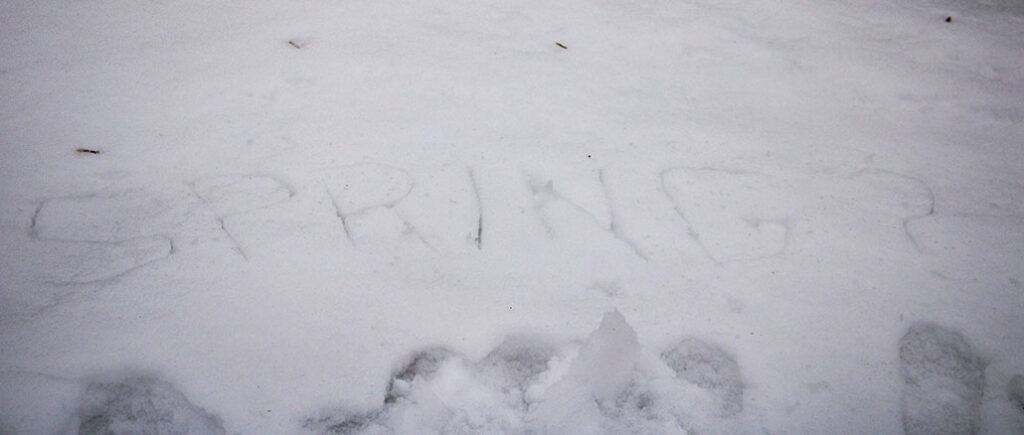
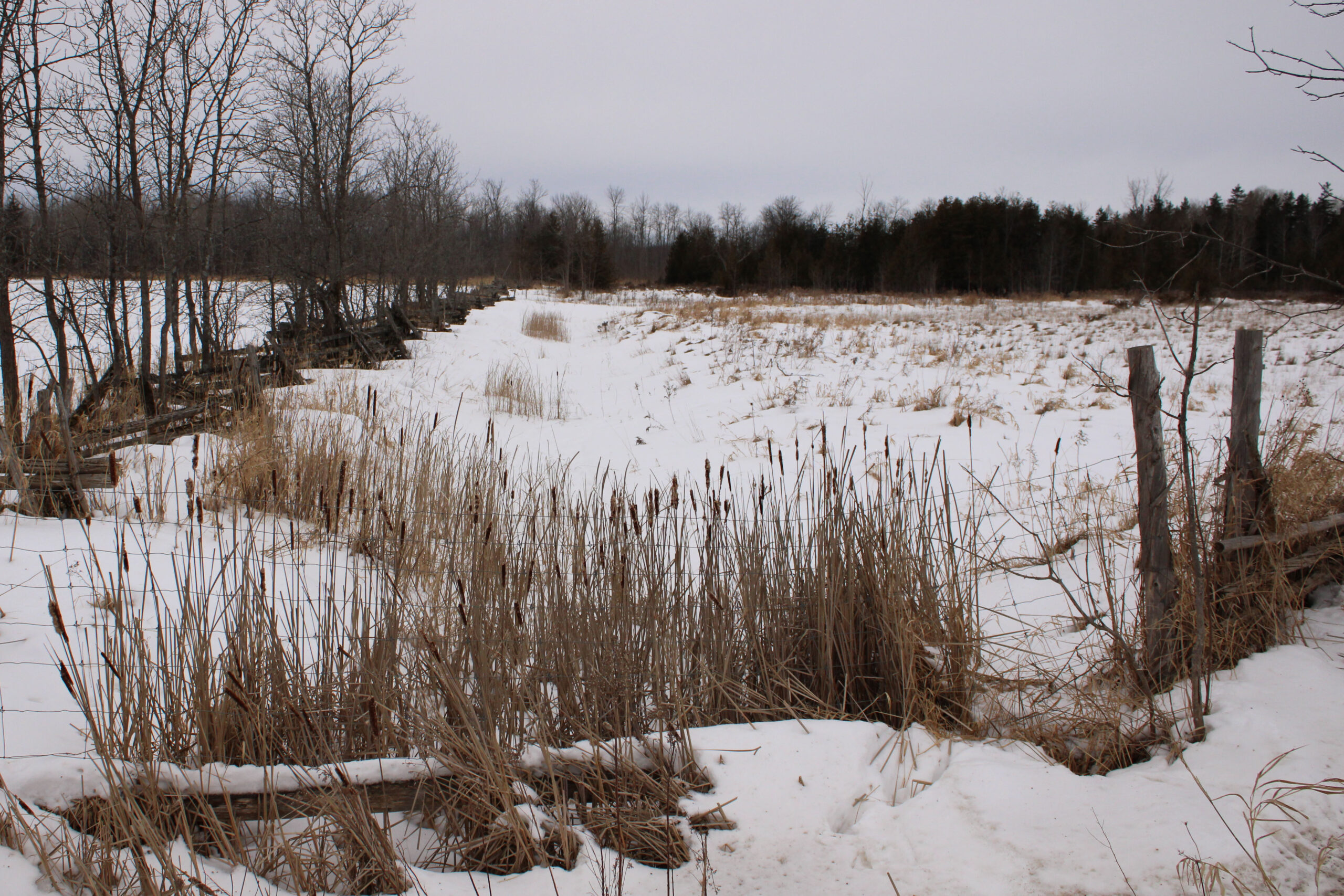
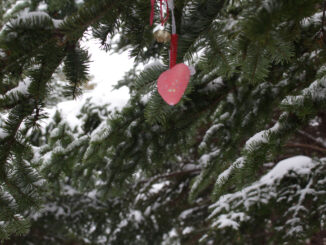
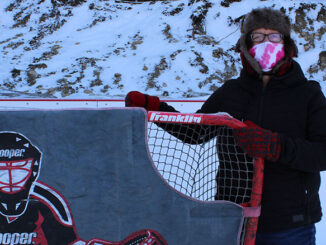
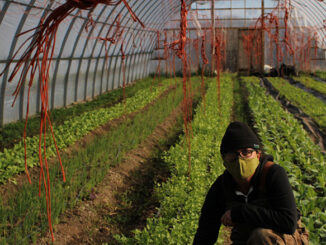
Be the first to comment